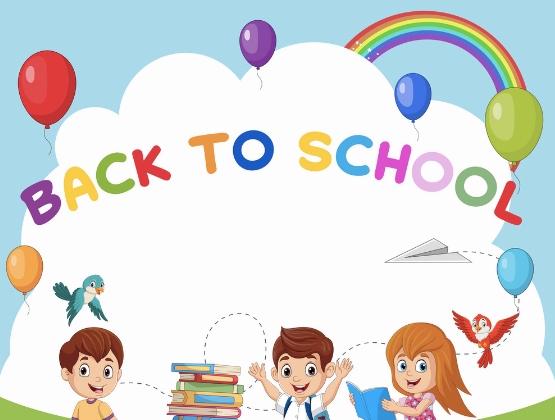The back-to-school season can be both exciting and stressful for families. As summer winds down, it’s time to get back into the school routine. To help make this transition smoother, we’ve put together some practical and easy-to-follow back-to-school tips for parents. These tips will help you prepare your child for a successful and stress-free start to the new school year.
Math & ELA | PreK To Grade 5
Kids see fun.
You see real learning outcomes.
Watch your kids fall in love with math & reading through our scientifically designed curriculum.
Parents, try for free Teachers, use for free
1. Preparation and Organization
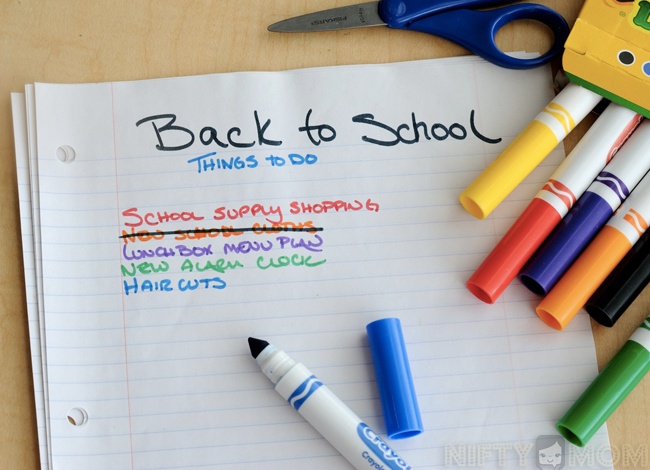
- Create a Schedule: Start setting daily routines now to help your children adjust smoothly. This is a key step in preparing for back-to-school.
- School Supplies: Prepare a checklist and shop early to avoid last-minute rushes. This makes the back-to-school preparation for parents much less stressful.
- Label Everything: Make sure all school supplies and clothing are labeled to prevent loss. This simple step saves time and avoids confusion later on.
2. Establishing a Routine
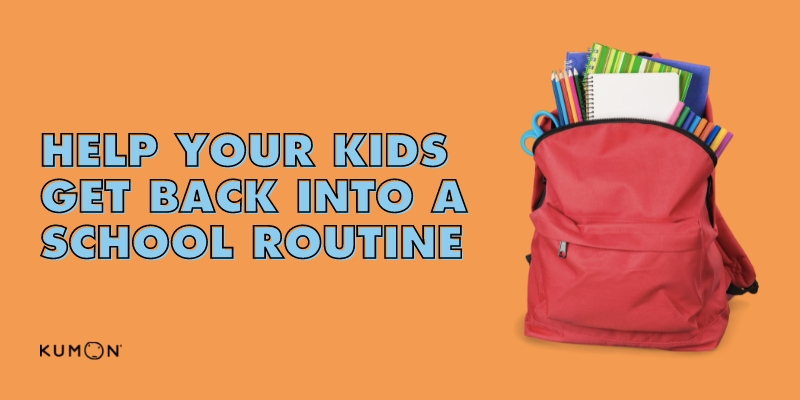
- Bedtime and Wake-up Time: Gradually shift bedtime and wake-up time to align with school hours. This helps kids adjust and reduces morning chaos.
- Morning Routine: Develop a consistent morning routine to reduce stress and ensure a smooth start to the day. This is one of the essential back-to-school tips for kids.
- Homework and Study Time: Set a specific time and place for homework and study to build a habit. Consistency makes it easier for kids to focus and succeed.
Related Reading: Best Study Habits of Students to be Successful in School
3. Healthy Habits

- Nutrition: Plan balanced meals and snacks to provide energy throughout the day. Good nutrition is a key part of back-to-school health tips.
- Sleep: Ensure children get adequate sleep for their age group. Proper rest is crucial for learning and development.
- Physical Activity: Encourage regular physical activity to keep children active and focused. This is one of the best back-to-school strategies for overall well-being.
Related Reading: Best Mindfulness Activities for Kids
4. Emotional Support
- Open Communication: Talk to children about their feelings and expectations regarding the new school year. This helps them feel heard and supported.
- Encouragement and Positivity: Reinforce positive attitudes and build confidence. A positive outlook makes a big difference in their school experience.
- Dealing with Anxiety: Provide strategies to manage back-to-school anxiety and stress. Simple relaxation techniques can be very effective.
Related Reading: Best Emotional Regulation Activities for Kids
5. School Involvement

- Meet the Teachers: Attend orientation meetings and get to know the teachers. This is one of the helpful back-to-school ideas for parents.
- Stay Informed: Keep up with school communications and stay involved in school activities. Being informed helps you support your child better.
- Volunteer: Offer to volunteer at school events or in the classroom when possible. Volunteering is one of the great back-to-school tips for families, fostering a strong school community.
Related Reading: Grade-Wise Back to School Activities for Kids
6. Setting Goals and Expectations
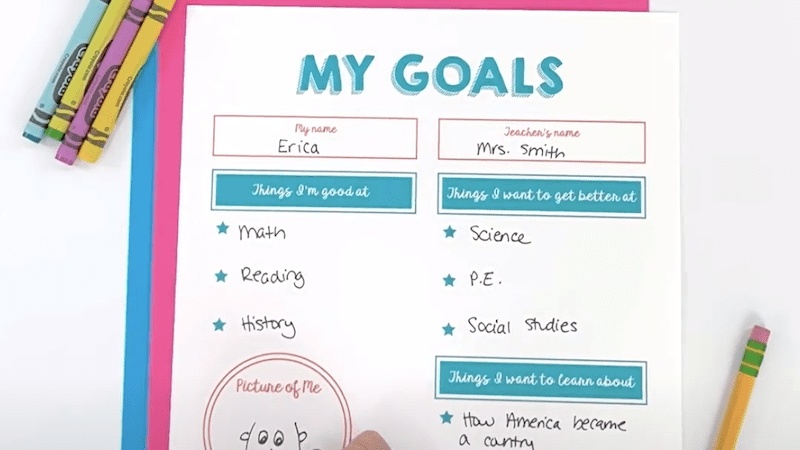
- Academic Goals: Help children set realistic academic goals and create a plan to achieve them. This keeps them motivated and focused.
- Behavioral Expectations: Discuss and set clear behavioral expectations both at home and school. Consistency helps children understand what is expected of them.
Related Reading: Best Behavior Management Techniques for the Classroom
7. Technology Management

- Limit Screen Time: Establish rules for screen time during school days to ensure it doesn’t interfere with homework and sleep. Balance is key to managing technology effectively.
- Monitor Usage: Keep track of your child’s online activities and ensure safe internet practices. Monitoring helps protect them while they learn and explore.
8. Extracurricular Activities

- Balance: Encourage participation in extracurricular activities while maintaining a balance with academic responsibilities. This helps children develop well-rounded skills.
- Interest Exploration: Support your child in exploring new interests and hobbies through school clubs and activities. It’s a great way to discover new passions.
- Time Management: Teach time management skills to juggle school work and extracurricular commitments. Effective time management reduces stress and improves productivity.
9. Social Skills and Friendships

- Encourage Socializing: Facilitate opportunities for your child to make and maintain friendships. Strong social connections are vital for emotional well-being.
- Role-Playing: Practice social scenarios and role-play to build confidence in interacting with peers. This can help ease social anxiety.
- Conflict Resolution: Teach conflict resolution skills to help your child navigate social challenges. Effective communication is key to resolving conflicts peacefully.
Related Reading: How To Teach Social Skills To Kids
10. Transportation and Safety
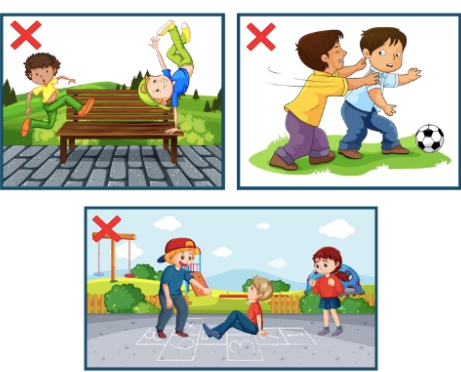
- Travel Plans: Plan and discuss the daily travel routine, whether it’s walking, biking, or taking the bus. Clear plans are essential back-to-school safety tips.
- Safety Rules: Reinforce safety rules for traveling to and from school. Ensuring your child knows these rules is vital for their protection.
- Emergency Contacts: Ensure your child knows important contact information and what to do in case of an emergency. This is crucial back-to-school advice for parents to keep their children safe.
By following these back-to-school tips for parents, you can help your child have a smooth and successful start to the new school year. Remember, preparation and support make all the difference.
Related Reading: Best Back to School Activities for Preschoolers
Frequently Asked Questions (FAQs)
How can I help my child get ready for school after a long break?
Gradually reintroduce school routines, such as regular bedtimes and study times, a few weeks before school starts. This is one of the essential back-to-school tips for parents to ensure a smooth transition.
What are some back-to-school tips for working parents?
Create a structured schedule that includes dedicated time for homework and family activities. Use online tools and apps like SplashLearn to support your child’s learning even when you’re busy.
How do I manage my child's anxiety about returning to school?
Talk openly with your child about their feelings and provide reassurance. Practice relaxation techniques together and discuss what they can look forward to in the new school year. This is crucial for easing back-to-school jitters.

















